
Recently I wrote an article about which hand you should put on top of your dantien when you practice qigong and why. There is not a one size fits all answer to this question, but rather there are some basic principles which can guide you as to which will be more beneficial for you in a given situation – left or right. I’m not going to repeat all of that now, but If you are interested in those details, you can read that article here. Basically it comes down to yin and yang, and how this manifests in your body, and different situations where you may benefit from strengthening and supporting one or the other.
The post and vlog received quite a bit of engagement with people commenting on it across different platforms, which was great! It is always interesting to me to see how people can become so fascinated by some of the small details that make up qigong theory and practice. Some of the comments also reminded me that there are some quite common misconceptions about yin and yang out there, so I thought it would be worth writing a follow up article which addresses some of these. For interest this article will cover a range of misconceptions about yin and yang, not just those that came up in comments on the previous article.
Misconception 1: Yin and Yang Is A Religious symbol
One common misconception about Yin and Yang is that it is a religious symbol. This misconception usually comes from people who have their own strong and somewhat superstitious religious views themselves, which causes them to look at the world through this lens. They see something unfamiliar from another culture which has meaning that they do not understand, and they leap to the conclusions that it must be religious – because this plays such a big part in how they frame their own view of the world.
In particular, it is this diagram representing Yin and Yang, called the Taijitu, that they interpret as being religious:
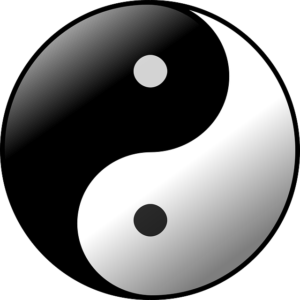
Just a little bit of investigation into the meaning of this diagram and the concept of Yin and Yang makes it clear that what it represents is more philosophical or even scientific than it is religious as we would usually use the term.
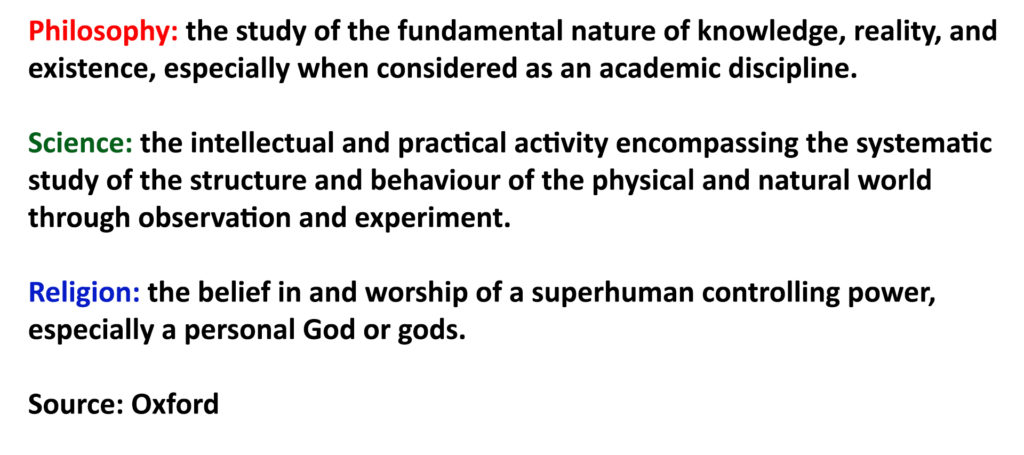
Yin and Yang refers to a fundamental pattern and principle found throughout the universe at every level of manifestation. We see it in the cycling from day to night, summer to winter, and so on. It is the idea that for all things there is an opposite, and the existence of these opposites creates flow, activity and life. We see this in positive and negative charges creating a current of electricity between them, and hot and cold temperature differentials creating physical movement and flow. This principle of Yin and Yang is embedded into our most fundamental scientific understanding of the universe and how it works, from a western perspective as well as from an eastern one. In fact – in relatively more recent times Gottfried Leibniz, the inventor of binary, cites Yin and Yang and its manifestation in the I Ching as a major influence in his development of the binary system. Binary is the system that computers function on, without Yin and Yang we would not have much of our modern technology.
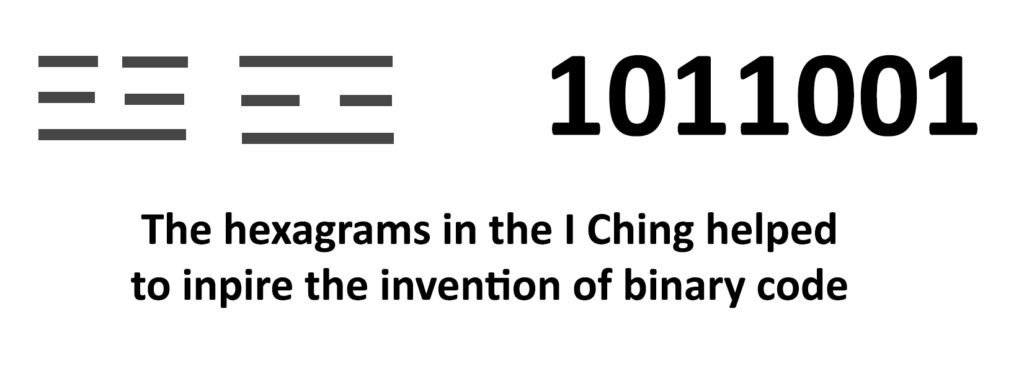
Misconception 2: Yin and Yang Has Moral Significance
Another common misconception about yin and yang that possibly comes about due to the first, is that Yin and Yang somehow have some relationship with morality. I have also seen this from many people who would not consider themselves religious, but it still comes from some kind of inherent desire to give things a moral classification. They want to classify some things as bad, and other things as good. This really is a misapplication of the concept. Is positive charge good or bad? How about negative charge? What about warm and cool? Hard and soft? Light and dark?
We may sometimes use these classifications as analogies for morality, but in and of themselves there is nothing moral about them whatsoever, and thinking about them in moral terms leads to all sorts of misunderstanding about application of the principle. I have seen this from people who really should know better. Including people with decades of experience in eastern arts. For some reason they have not been able to look beyond their moralistic view of the world to gain true understanding of the principle – which then leads to distortions in how they apply it. One common example of this is to think that Yin is somehow ‘good’, and yang is somehow ‘bad’. This can lead to an over emphasis on Yin development and training methods – to the exclusion of Yang – which is counterproductive to say the least.
I think I have some idea of where this aspect of the misconception may have originated from. Many people when they were first exposed to some of the eastern arts, such as qigong or kung fu, only received a superficial understanding of them. There are many possible reasons for this. Language and cultural barriers, remnants of secrecy remaining around some of the arts, or simply lack of time for in depth training and understanding. Historically, people naturally got lots of Yang development through their day to day activity. So for them – more yang was often not desirable or ‘bad’, whereas Yin training would help to balance them and bring vitality. ‘good’. But without understanding that this was a specific application of the principle to a specific situation, this misunderstanding has been spread to others due to incomplete knowledge.
Misconception 3: Yin and Yang Are In Conflict
This can lead to the idea that Yin and Yang are in conflict with each other. If there were a moral application of the principles of Yin and Yang, this would be it – to have them in conflict with each other would be ‘bad’. You see while Yin and Yang represent opposites, this would only mean conflict if the principle was being applied in an unnatural or unskillful way. Skillful application of the principle of Yin and Yang brings harmony, the opposition is used in a productive way to create flow, balance, and vitality. Like a kite pulling against its string – the opposition is actually what gives it the lift to fly! This would be the ‘good. Neither Yin or Yang are good or bad in and of themselves, but the way you use the principle can be either skillful or unskillful, harmonious or in conflict.
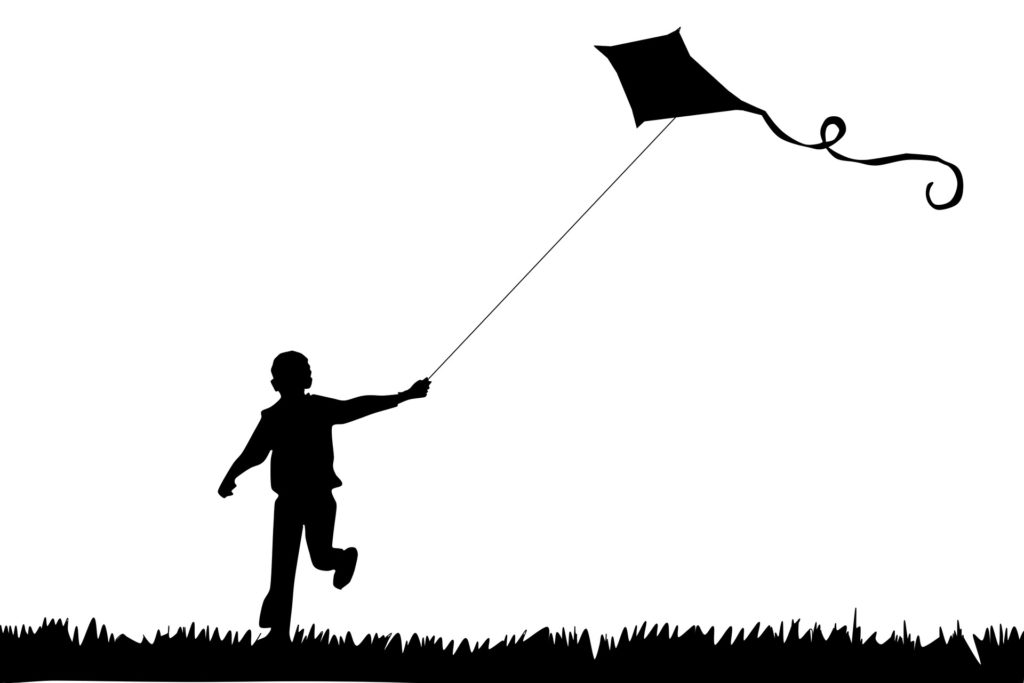
The Taijitu referred to earlier depicts a harmonious relationship between Yin and Yang, one flowing naturally into the other, feeding it and supporting it. Neither becoming out of control or trying to dominate, but rather taking their turn and fulfilling their role. Strengthening one, strengthens the other, strengthens the whole, because each is just a part of the greater whole, not something that can be separated out and exist by itself. There is no Yin without Yang, and no Yang without Yin.
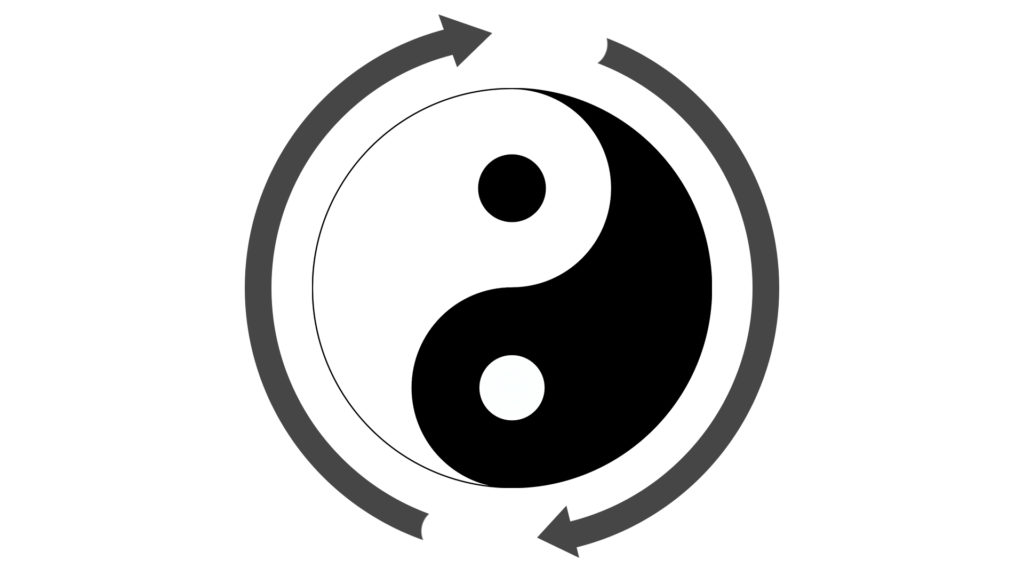
This is helpful for us to remember, as it applies to every aspect of our lives. I think now more than ever in our society we have a tendency to push for the extremes of things – trying for things to go completely one way. But we have more harmony and balance, and we achieve more, when we understand complementarity. This is helpful for people seeking peak physical performance, perhaps athletes and others. Sometimes they want to push to the extreme with yang physical training – but they achieve more when they balance this with more yin pursuits, meditation and qigong. Introducing yin activities does not mean that the yang training is bad, but rather it supports it and helps to create balance so that the benefits of the training can be more fully received. On the other side, those who seek more introspective meditative goals are more successful at doing this when they also balance this with yang activity. This was the great lesson the Bodhidharma brought to the monks at Shaolin after nine years of contemplation. He instituted physical exercises for the monks not for the purpose of developing the fighting skills that they became so famous for, but rather to keep their bodies healthy so that they could focus more effectively in their meditations.
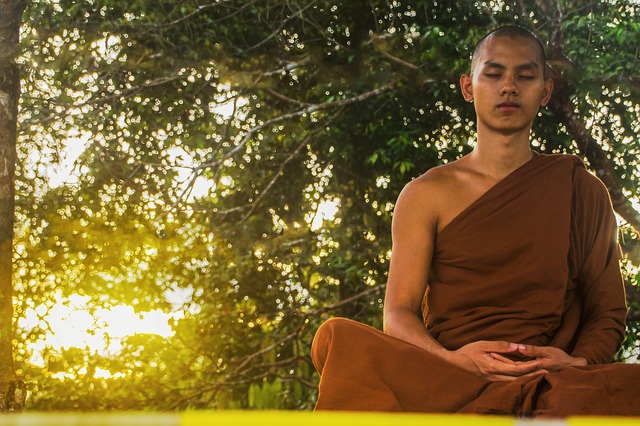
Good qigong helps us to understand this principle and create this balance within us. It can then spread into every area of our life – our work, our rest, our recreation, our relationships with others.
Misconception 4: Yin and Yang Are Absolute Values
People often want to have a set way of categorizing things. They want to put something in a box and make sure that it stays there. But Yin and Yang are always relative to each other, which means how something is categorized will change depending on what you are relating it to when you categorize it. Is 25°C warm or cool? Well compared to 10°C it would be warm (yang), but compared to 40°C it would be cool (yin). This is a rather obvious example, but the same relativity applies across all the many variables which can be classified as Yin and Yang, and sometimes this can get a bit tricky because there are Yin and Yang classifications for just about EVERYTHING. So whether something is Yin or Yang will always depend on what perspective you are looking at it from.
Here are a few of the common Yin vs Yang classifications:
| YIN | YANG |
| Cool | Warm |
| Solid | Hollow |
| Heavy | Light |
| Soft | Hard |
| Dark | Light |
| Passive | Active |
| Internal | External |
| Female | Male |
Often there will be several of these characteristics in play at once, so the interaction of the different factors can be complex. I will give you just one simple example of this, and how your classification of it will change depending on your perspective. The example I will use is breathing.
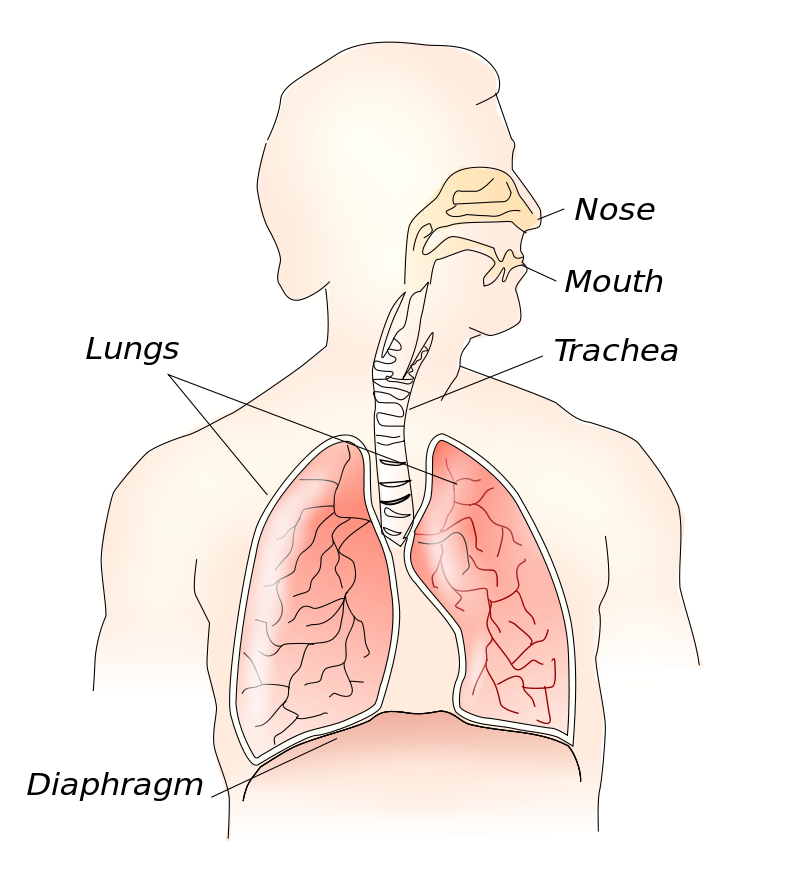
When you inhale, your external muscles, the muscles that surround your torso, relax and lengthen to allow space for the air that you take into your lungs. These external muscles are in a relatively more passive state as they lengthen on the inhale, than when they contract and shorten on the exhale to squeeze the air out of your body. So – viewed from the outside, looking at the effect on the external body, the inhale is more passive and yin, while the exhale is more active and yang. If however we shift our focus to the diaphragm muscle which is inside the body, sitting in a dome shape underneath the ribs, when we breathe in this internal muscle contracts and shortens to draw air down into the lungs. When we exhale, the diaphragm muscle relaxes and lengthens. So when we take a more internal view, the inhale is more yang, and the exhale is more yin??!?!??!??
So you can see how people can sometimes talk at cross purposes when they are describing one thing as yin, and another as yang. This confusion is compounded when they have simply been told that something is yin or yang, without understanding the principles used to describe it in that way. They are unable to see why someone else would describe something in a different way, because they do not understand that the classification is relative, and someone may be describing it from a different perspective. When you do understand this principle, it can help you to understand exactly what someone is describing when they classify something as yin or yang, and gives you hints as to the purpose of the classification, it helps you to understand what perspective they may be describing it from.
This idea of there being layers of yin within yang and yang within yin is depicted in one of the most ancient diagrams of the yin and yang concept.
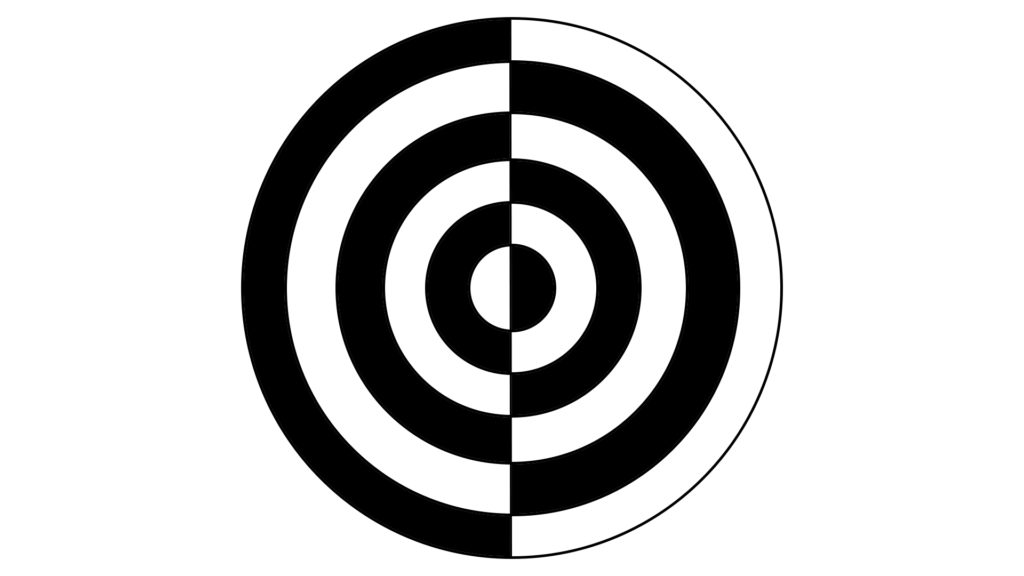
It is very helpful to remember this when considering the yin or yang nature of something, and certainly when discussing it with others. There are some common classifications of yin and yang which are based on common perspectives that we view things from, rather than the absolute principles of yin and yang. Often within different practices these classifications are accepted as almost a fact, but it is important to remember – it still comes down to perspective.
Another example of this is direction. In many places you may see it stated that South is Yang and North is Yin. But why? If you don’t understand why you may misapply this information. The reason why south is classified as Yang, is because the heat of the sun is stronger from the south in the northern hemisphere, and so conversely it is cooler in the north. As qigong and much of the philosophy of Yin and Yang developed in China, which is in the northern hemisphere, this classification of the directions is recorded in many places. But… what if you are in the southern hemisphere? The perspective changes completely, and without an understanding of first principles you may become very confused and try to apply the principle in a completely wrong way – because in the southern hemisphere the heat of the sun comes more strongly from the north, and it is cooler in the south.

Left or Right, Yin or Yang?
Returning to the subject of the previous article and placing your left or right hand on your dantien. Commonly – viewed from the outside, the left hand is considered to be more Yin, and the right hand is considered to be more Yang. There are a number of reasons for this including common left or right side dominance, but also the layout of the organs within the body, which affects the way that the energy flows within you. This creates a natural pattern of the left hand being more inclined to receive energy, and the right hand being more inclined to send energy. This can be switched intentionally or unintentionally for various reasons, but it is a natural overall pattern.
It was interesting, one person who commented on the previous vlog on Facebook, was convinced that this was back to front. He was very sure stating ‘Acupuncturists treat the left side first because it is Yang’. I responded to him by asking ‘Which acupuncturists, and where did they train?’ but… the relevance of my question seemed to be lost on him. My point being, that there can be, and are multiple perspectives on this – and depending on the particular perspective of the school that someone has trained in they may be focusing on different aspects of the energy and describing it in different ways. In my own training we usually treat the left side first as well – because it is yin… … … Same principle described in a different way, and – the very next week at some qigong workshops I was talking to another acupuncturist about yin and yang and without prompting he mentioned the left side of the body being yin… I did plan on replying further to that particular commenter to help give more perspective on this, but ended up getting busy with other things and could no longer find the relevant post.
So, what is my point in rehashing all of this to you? It is to not become too hung up on the definitions of Yin and Yang. Try to understand their essence, what is really meant by them rather than arbitrary classifications from a book or a teacher. Then you will be able to identify for yourself which is which in a given situation according to how you are using it. In the case of your hands on your dantien, with some awareness and sensitivity you can feel the difference in the stimulating or relaxing effect of each hand on your energy (known as qi) and use that guide your usage according to your needs.
The same applies for every other principle you encounter in qigong. Definitely understanding the essence of each principle will be valuable to you, but then always compare this to your experience, what you can sense for yourself. This should always be your ultimate guide.
Conclusion
As you can see – while at its essence Yin and Yang is a simple principle, in application it can become quite complex, but understanding it and applying it well can bring great benefit to your life. This article was just to dispel a few common misconceptions about Yin and Yang, but in the new qigong course material that is in development, there will be materials that explore Wuji, Taiji (Yin and Yang), and Wuxing (the five elements) in a lot more detail. These are fascinating principles to explore and understand that can bring great richness to your qigong practice and every aspect of your life. So look out for these in the future.
Yours in qi!
John Munro
Founder – Long White Cloud Qigong